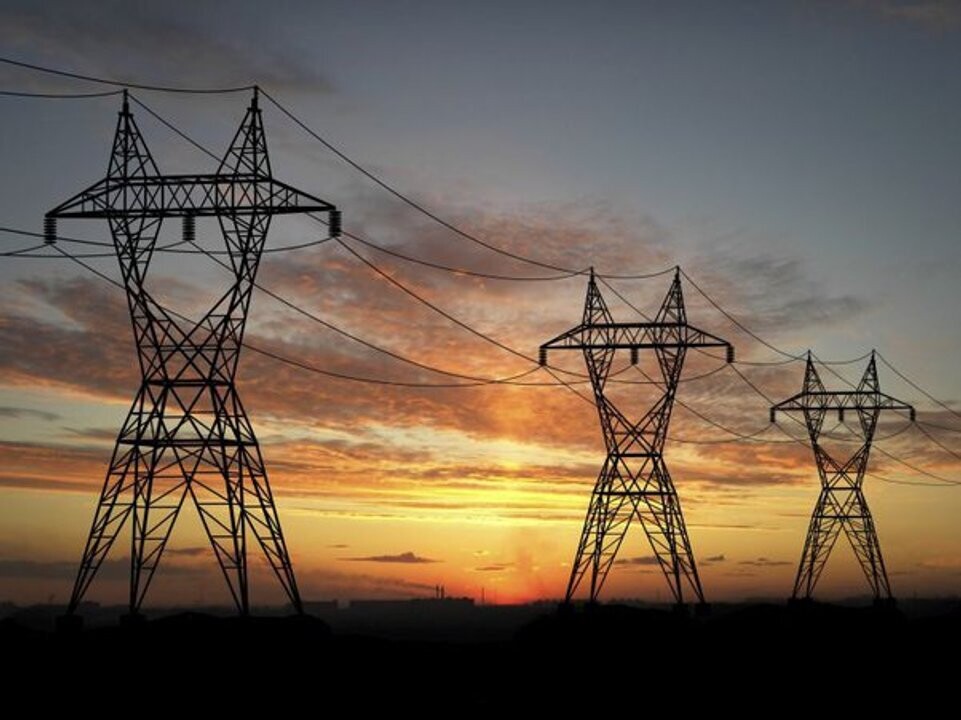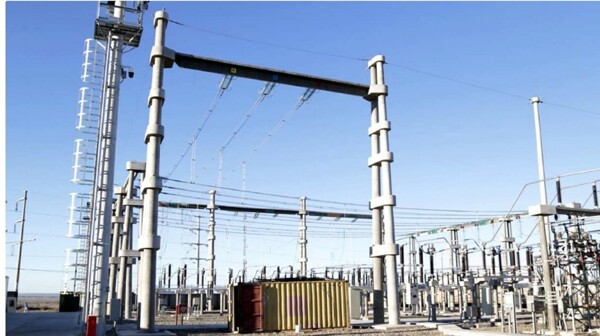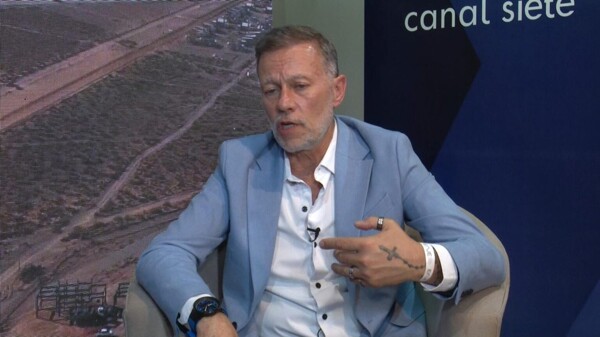
The Energy Integration System of the Southern Cone countries (SIESUR), which includes Argentina, Brazil, Chile, Paraguay, and Uruguay, and involves cooperation with Bolivia, as well as the Northern Arc project, which aims to connect Brazil with Guyana, Suriname, and possibly French Guiana, is attracting the attention of international investors. This is due to the imminent and expected massive development of Vaca Muerta, which is positioned as an appealing investment focus due to the potential that remains to be exploited in the context of energy transition.
The global consulting firm PWC conducted an analysis aimed at international investors highlighting the current state and infrastructure challenges of Vaca Muerta. According to projections, Vaca Muerta is expected to generate a surplus in the energy balance of 30 billion dollars by 2030, with an estimated production of 1 million barrels of oil and more than 250 million cubic meters of gas per day. Investments in these fields are anticipated to reach 200 billion dollars since the beginning of their exploitation.
Energy integration in South America is developing with projects such as the Andean Electricity Interconnection System (SINEA), which includes Chile, Colombia, Ecuador, and Peru. Vaca Muerta stands out for its potential to elevate Argentina's energy production to unprecedented levels, generating foreign currency through the export of resources. The intention is to turn unconventional hydrocarbons into the future of Argentina.
Despite promising projections, the realization of Vaca Muerta's production will depend on future investments, estimated at around 120 billion dollars. This sector has already demonstrated its capacity to compete at an international level with similar fields in the United States, such as Permian and Eagle Ford. The development of Vaca Muerta positions itself as a potential solution to the energy challenges facing the region, such as the impact of climate change and extreme weather events.
In this context, the planning of the Latin American Energy Organization (OLADE) highlights the importance of regional energy integration to strengthen infrastructure, share experiences and best practices, and ensure a secure and sustainable energy supply. Argentina could play a crucial role in the region due to its abundant resources from Vaca Muerta and its potential to export energy.
Moreover, there is a growing energy cooperation between Argentina and neighboring countries like Brazil and Uruguay, with electricity exchanges having increased in recent years. The use of gas from the Neuquén basin is essential to ensure the regional electricity supply, and investments in infrastructure and transportation capacity expansion are expected to continue strengthening this integration.
In summary, Vaca Muerta represents a key opportunity for the energy future of Argentina and the region, with the potential to generate foreign currency, strengthen energy security, and promote environmental sustainability through greater integration and utilization of available resources.













